In order to use the potential of peatlands for climate protection in Mecklenburg-Vorpommern, a state climate change law should be developed that sets emission reduction targets and instruments with explicit reference to peatlands. This is a key recommendation of the new fact sheet published today by the Greifswald Mire Centrum (GMC) and the Institute for Climate Protection, Energy and Mobility (IKEM): Drained peatlands in Mecklenburg-Vorpommern are responsible for one third of the state’s greenhouse gas emissions. Stopping the drainage of peatlands is therefore a central building block for achieving the climate protection goals.
With approx. 6 million tons of CO2 equivalents, drained and primarily agriculturally used peatlands represent the single biggest source of greenhouse gas emissions in Mecklenburg-Vorpommern. Calculations by the GMC show that the peatlands in Mecklenburg-Vorpommern thus release significantly more greenhouse gases than the forests can bind – unlike to Germany as a whole. In order to reduce CO2 emissions to net zero by 2050 in line with the Paris Climate Agreement, the drainage of peatlands in Mecklenburg-Vorpommern must therefore be reversed and 8,500 hectares of peatland must be rewetted annually from now on.
For this, GMC and IKEM recommend in a new fact sheet the development of a state climate protection law, in which the climate protection potential of the peatlands is adequately considered. Three key recommendations were formulated for addressing peatland climate change mitigation opportunities in such a law:
- Ambitious emission reduction pathways
Establish concrete and timed reduction targets for organic soils in the state climate protection law; emissions from drained peatlands must be almost completely reduced by 2050 at the latest through rewetting. - Binding climate protection measures
Elaboration of concrete measures and instruments to achieve mitigation targets in all sectors, integration of a binding peatland climate protection program to implement the transformation of peatland use, and a higher commitment in the state parliament. - Public sector as positive role model
State and local governments should move forward on their own peatlands, which are estimated to account for a quarter of the total peatland area; raise water levels in peatlands on public sector properties to ground level particularly quickly.
As a federal state rich in peatlands, Mecklenburg-Vorpommern bears a special responsibility for achieving climate protection goals in the “Land Use, Land-Use Change and Forestry” (LULUCF). Binding targets for this sector were recently set for the first time as part of the amendment to the Federal Climate Change Act. For Mecklenburg-Vorpommern there is an urgent need to plan and ambitiously pursue peatland climate protection in a concrete and binding way.
Here you can find the complete fact sheet: Link




